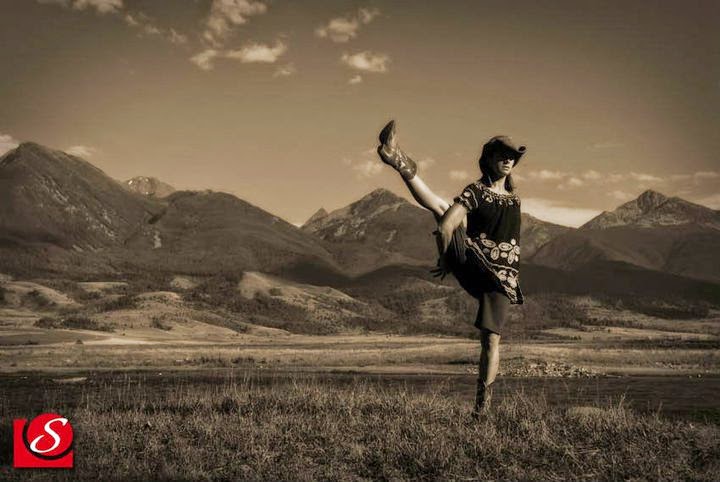 |
| Bird of Paradise in Paradise Valley, Montana |
Spring in Montana! Like all other seasons here, the calendar date means nothing. We recently had sunny and mild, 40 mph hour winds, and big, fat snowflakes all in one hour. But even in the state where we can have all 4 seasons in one day, any day of the year…birdsong means spring. Feisty robins sing like their lungs will burst starting at 4 am, and get territorial and attack our windows with recurring thuds that make me worry for their wellbeing.
So to greet the spring season on the mat, how about incorporating an asana inspired by a beautiful bird into your yoga routine? Bird of paradise pose has been calling my name lately. Like its namesake, this pose is graceful. Even if we can’t fly, we can add flexibility, strength and a touch of grace through BOP. It’s definitely wow-worthy.
Birds and their ability to fly were infused with spiritual meaning in ancient times. In Hindu mythology, birds were symbols of the soul and the form it took in between earthly lives. Certain birds were also the vehicles of the gods; for example, Garuda the eagle is often depicted carrying Vishnu. It’s not surprising that many yoga poses were inspired by birds.
Be a bird! Spread your wings, and stretch and strengthen your muscles. Happy spring.
Svarga Dvidasana (Bird of Paradise)
Stretches: Shoulders, hips, hamstrings.
Strengthens: Quads, balance, core.
This is an advanced posture that can be intimidating. My approach is to break down advanced asanas into steps, and you can stop anywhere along the way. If you stick with practicing the pose, you will gradually move to the next step when your body is ready. As a yoga teacher, I’ve seen many students try to rush into advanced poses before their bodies are ready (I’ve been there, done that too). We need to remind ourselves that it’s not just about the end result, as much as we’d like to do this pretty pose. Honor your limits, and you’ll be able to expand them. The best time to do BOP is when your muscles are warm; incorporate it into your at-home practice following your sun salutations, or work it into your post-run, post-cycle, or post-workout stretching.

Step 1: Basics. Come into extended utthita parsvakonasana, side angle pose, with your right hand on the inside of your right foot. Reach your left hand straight overhead. Focus on pressing the outside of your bottom arm into the inside of your front, bent leg; feel your shoulder gently pressing your knee open.
Step 2: Binding. Wrap your bottom arm under your bent knee, reach your top arm around and clasp the hands. If you cannot bring your hands together, then this is where you work until you can; you may use a strap. With the strap, keep working your hands towards one another. You must have a strong, solid bind in order to move to step 3.

Step 3: Binding balance. Engage your core to lift your back foot and bring it up to meet the front foot. The tricky part of this stepping forward: keeping the bind and the balance.
Step 4: Lift off. Engage your core, shift your weight into your right leg, and slowly float the left foot up as you come to standing in the bind.
Step 5: Flying. Stay strong in your core, keep your gaze on the floor…and extend your right leg. Talk about feels like flying! Hold for 5 breaths.
Try not to crash land…come out of the pose the same way you went in, retracing the steps. This is part of the practice too. Repeat on the other side.
Having fun with this? Explore more bird poses from my 2012 tutorial on the Athleta Chi.